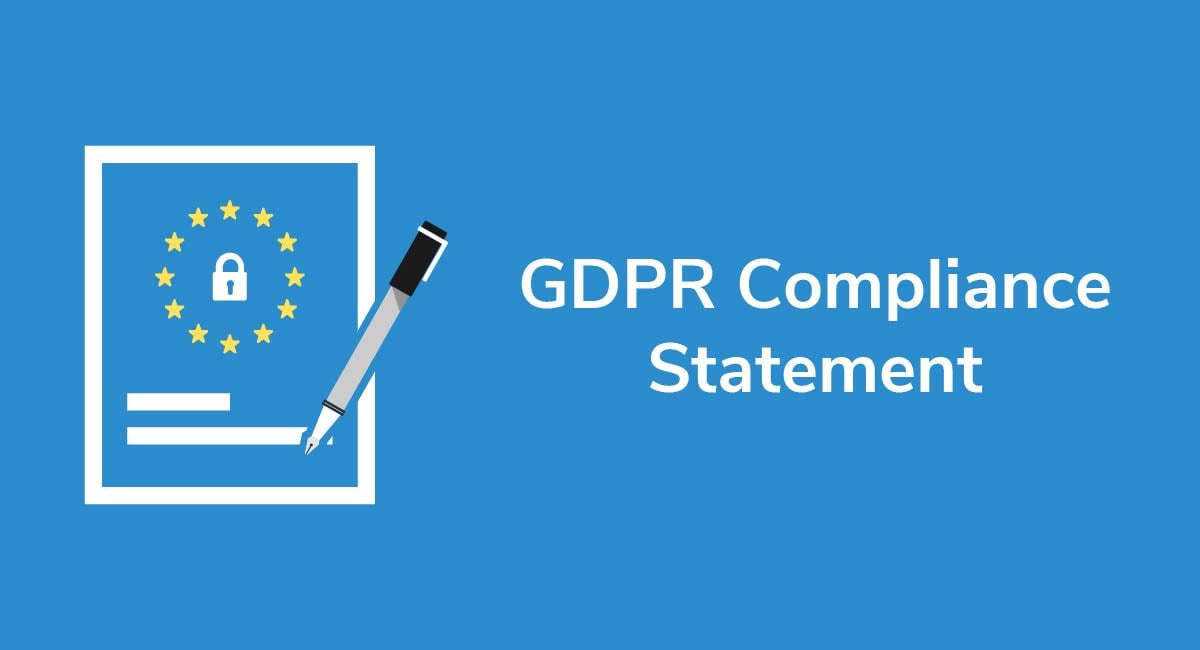GDPR is on the horizon and you may be among those who are currently frantically reviewing procedures to make sure your business doesn’t get caught in the process of implementing. Even if we haven’t yet had a direct compliance project any new initiative within our organization will have an element of GDPR compliance whether it’s through training employees about the ways their data will be used according to these regulations or making sure they are aware of what type of information they need for certain tasks such as marketing surveys, or other such surveys.
Basics of GDPR
One of the main difference between GDPR and other privacy laws is that it doesn’t apply just to personal data such as email addresses or telephone numbers. The Regulation regulates all forms of identity for EU citizens, including the names of users on websites. This includes information related to business that firms have on employees’ activities. However it also contains IP addresses that could be used to identify users who go online looking for specific content related to them.

Second, the General Data Protection Regulations (GDPR), eliminates any possibility of opting out. It is a strict interpretation of the law and need consent from the EU citizen’s data without active consent to it being utilized for specific purposes, in addition, those mentioned at time of supply such as marketing, the company must ask him specifically if he consents or not. It is not possible to take into account silence, nor pre-checked boxes but only requires a clear indication by the user himself. The law known as “General Data Protection Regulations” specifies how businesses should handle people’s information when collecting.
The actions you plan to undertake with your personal data won’t be possible without your consent. It is crucial to ensure that all third parties and people in contact lists with your company are fully aware of what’s happening with their personal data prior to giving their consent.
The GDPR regulations will require companies to seek permission from their customers before they are able to use their personal data. There are two different ways companies can legally collect data. They include button generation and email auto-generation. It could be used as a way to assist B2C actions, and most likely cover the entire business to buyers’ activity (BTA).
Marketers have the legal right to use personal data under the “legitimate interest” procedure. The only exception is when the purpose of the people using the data is more important than that of those who are affected by their actions, which is logical considering the frequency with which individuals are cold-called or emailed without prior notice in the workplace.
Steps to Compliance
It is essential to know the way your company handles personal information to remain compliant. This will guarantee the accuracy of data and help avoid any potential issues when processing information about customers.
Everyone wants to safeguard our personal data. We’re excited about the GDPR law that has been passed in the last few minutes! One of its requirements is the appointment of an Data Protection Officer (DPO). This person will ensure the that your company is compliant in accordance with the law. They will also serve as your main contact when you require advice or assistance from supervisory authorities like HSE-ICO.
For more information, click GDPR course
Giving your team members enough instruction on the new GDPR will ensure that they are not a victim of the risk of data breaches, so do not do this task in the absence of. Although data protection may seem monotonous and uninteresting yet, it can help in the future, when employees will have to be educated about privacy regulations.